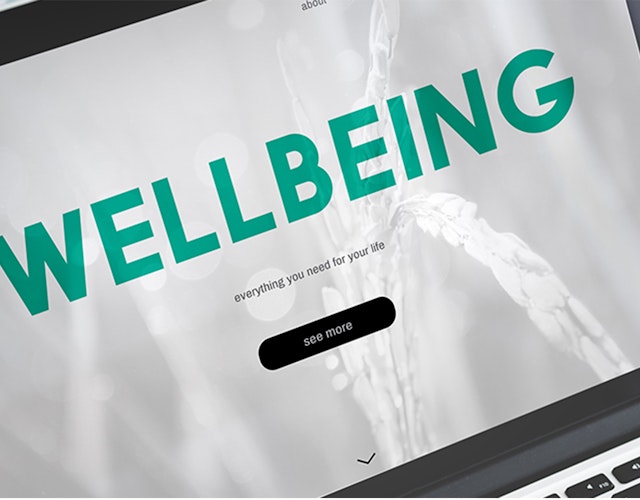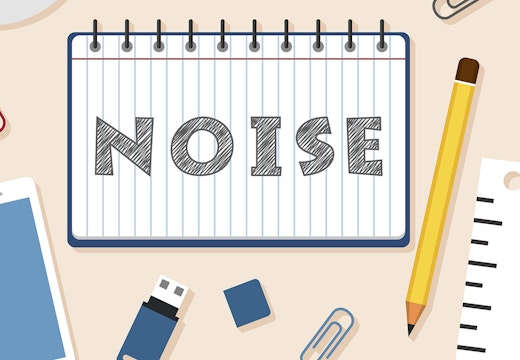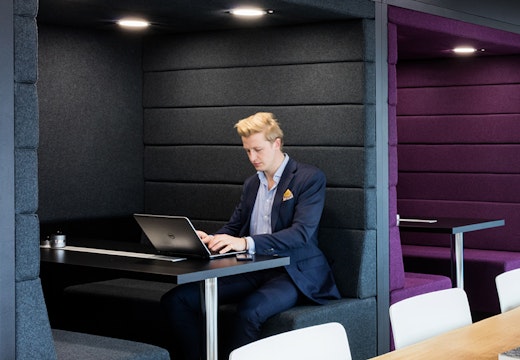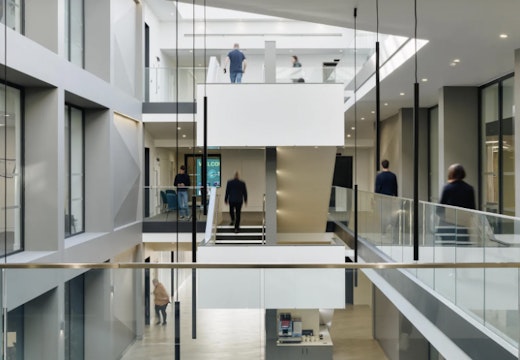Why wellbeing is not just a buzzword
Wellbeing is a word that is well established in workplace vocabulary, but few organisations really know what it means in relation to its workforce. Jon Odey sheds some light on the subject
Wellbeing has become a popular buzzword in the workplace – like ‘productivity’ and ‘employee engagement’ it is spoken about so frequently but with little understanding of its true meaning.
Recent research by the UK Government’s Business, Innovation and Skills Department shows that an integrated approach to workplace wellbeing can bring about greater productivity, profitability and improved service levels. So it is unsurprising that the term has attracted such interest. But what exactly does workplace wellbeing mean and how can you achieve it?
What is wellbeing?
The term wellbeing relates to the complex blend of the physical, psychological and social aspects of an employee’s working and personal life. The way they feel about their lives, including their jobs and the people around them, has a direct effect not only on how motivated, productive, and successful they are during their time at work, but also on wider society.
Research is increasingly showing that companies with an effective wellbeing programme outperform the market, so it’s no wonder wellbeing is flying fast up many company’s agendas.
Workplace design and wellbeing
Office design plays a fundamental role in ensuring employee wellbeing is supported. Design that encompasses collaboration areas, meeting pods and quiet rooms are able to facilitate activity based working (ABW), which encourages communication and collaboration. By embracing ABW, employees can choose to work in an area appropriate for the task, which can reduce stress and support the wellbeing agenda.
We have all heard that sitting is the new smoking, with sedentary working increasing the risk of many cardiovascular diseases. This is why furniture selection plays a pivotal role in ensuring an office is designed to enable wellbeing. Furniture such as sit-stand desks and ergo stools can activate fat burning enzymes, engage muscles and accelerate blood circulation, whilst also being more ergonomic.
WELL Building standards have contributed to understanding the importance of design and construction on wellbeing. WELL Building is a system that ensures the built environment is designed to support human health and wellbeing. It is the culmination of seven years of research in partnership with leading architects, scientists, doctors and wellbeing thought leaders.
Given the fact that we spend more than 90 per cent of our lives in buildings, this research has highlighted how the design and construction of buildings can impact our health and wellbeing.
Embedding in company culture
A successful wellbeing strategy is not only achieved through the design of your office, it needs to be embedded in your company culture to be effective. Sketch, a design company which is part of Fourfront Group, takes a holistic approach to the health and wellbeing of its employees. Every month a theme is adopted to its wellbeing programme, ranging from mental health awareness to stress, sleep, financial wellbeing and the benefits of being outdoors. Each theme is supported by weekly blogs, mini events and speakers.
As part of the Fourfront Academy Training Programme, mindful performance will be introduced this year. This six-week course teaches the benefits of practising mindfulness and how this can be used in a proactive manner with a view to reducing stress.
Sketch has partnered with ‘Mates in Mind’, a charity set up to improve and promote positive mental health within the construction industry. To further support mental health, it has changed its appraisal process to include a discussion around wellbeing. In fact, 25 per cent of the discussion is based on how an individual is feeling inside and outside of work and what the business can do to support them.
Physical wellbeing is supported with a 50 per cent discount on gym memberships. Regular walking groups are held which can tie into charitable events, the latest being a 40-mile charity fundraising walk from the Sketch office in London Bridge to its office in Surrey.
Leading by example
Sketch is leading by example with office design centred around an ABW style, in which sit- stand desks are part of everyday working and breakout areas ensure employees have space to get away from their desks and screens to socialise and recharge.
Its wellbeing initiative is supported and embraced from the CEO all the way through the company. It is this thorough strategy which has enabled the company to be voted number 11 in The Sunday Times Top 100 Companies to work for.








